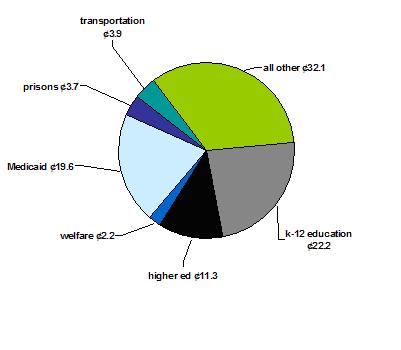I was supposed to go to New York City today for a meeting at the Social
Science Research Council, but I found when I reached the airport at
6 am that no flights were leaving because of the huge blackout.
According to the New
York Times, the 1965 power failure "was largely characterized
by cooperation and good cheer," whereas the one in 1977 was "defined
by widespread looting and arson."
In 2003, we seem to be back to civility. Jeff
Greenfield of CNN says he "saw tourists pouring off those double-decker
buses looking dazed and confused. People were offering them free glasses
of water and restaurants were putting out food that was spoiled for
free. I saw police officers politely asking New Yorkers, ‘Would you
mind please getting out of the street.’"
When I was deputy director of the National
Commission on Civic Renewal, I developed an Index
of National Civic Health. INCH, as we called it, declined sharply
in the early 1970s and then rebounded in the 1990s. I have to
wonder whether the three great NYC blackouts are evidence of the same
trend. Three scattered events do not really make a trend. Besides, I
have no specific data for New York City, and no INCH data at all for
2000-3. Still, it’s interesting that New York has fared so much better
in emergencies when the national civic health is higher. More than 1,037
fires burned while the lights were out in 1977. In 1965, and again in
2003, people took care of each other instead.
(Incidentally, we couldn’t run INCH back through the 1960s, because
we didn’t have enough data from those early years. But if you make an
index out of the variables that we do have, then INCH declines throughout
the sixties. That means that it was much higher in 1965 than in 1977.)



